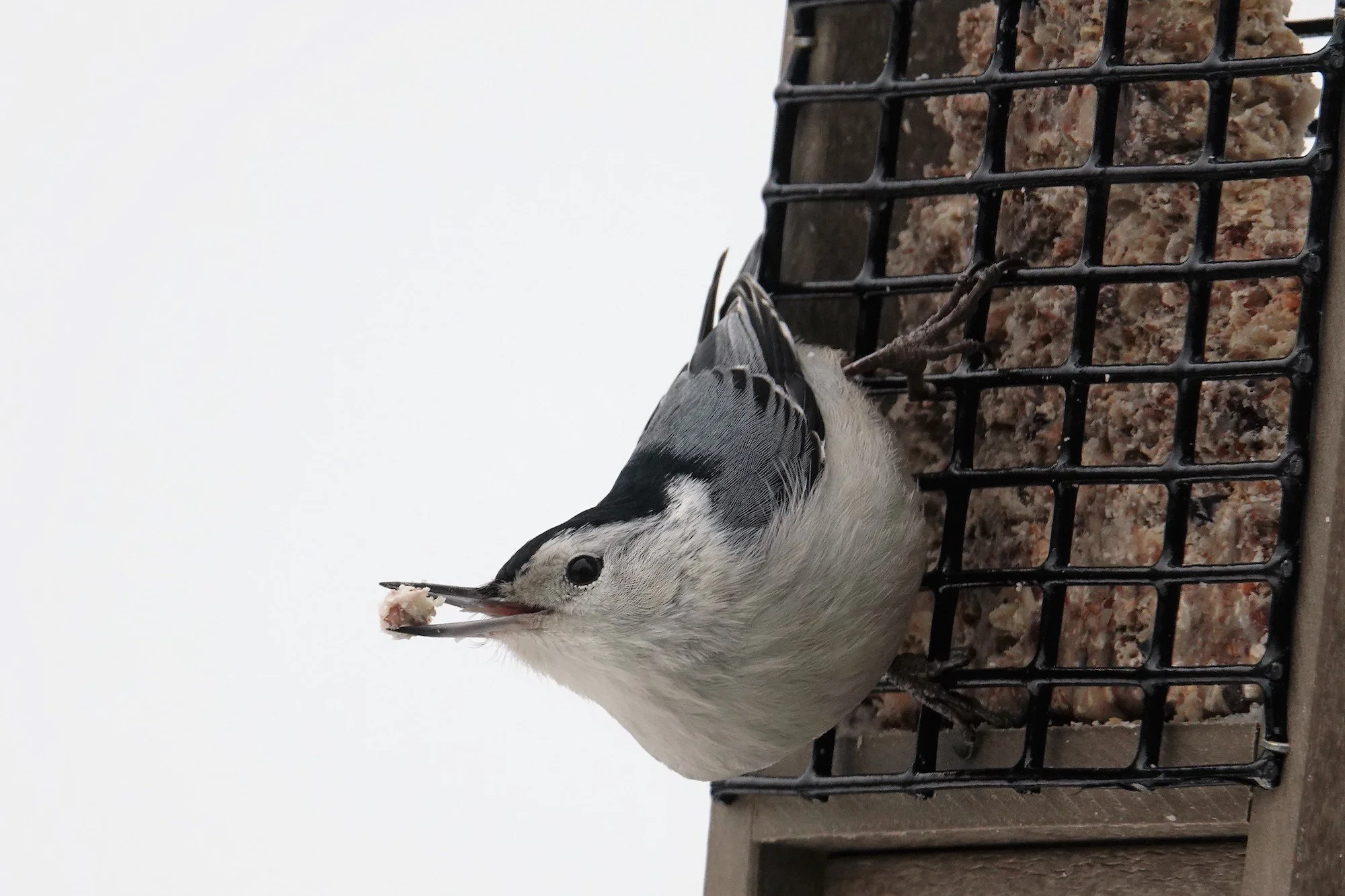Welcome to the Wildlife Sanctuary Almanac!
This series of articles shares timely tips and observations about engaging with nature through the seasons in your own personal wildlife sanctuary.
Have you taken steps to create bird habitat in your yard? Now is your chance to see the fruits (or rather, birds) of your labor by observing how many species visit your yard in a single day.
A recent presentation highlighted how conventional mosquito spraying is jeopardizing efforts to create thriving wildlife habitats and offered effective alternatives that protect both people and pollinators.
If you followed the advice to forgo an annual autumn garden cleanup and instead left fallen leaves and dead plant stems in place to provide winter habitat for wildlife, your yard helped lots of local bugs and birds survive the winter and prepare for spring.
When it’s a snowy, icy and cold winter, there’s little gardening you can or want to do in the yard. But there are a few steps you can take to supplement the work you have already done by providing natural food sources and shelter.
Chickadees need a yard full of native plants. How can that be? Chickadees eat seeds, so why do they need native plants?
We know now that migration on earth accounts for the disappearance and reappearance of birds. But what about other creatures?
Fall-fruiting native shrubs and trees not only provide nutritious, fatty berries for birds, but also display beautiful fall color. That’s not for our benefit: what’s called foliar fruit flagging is the way the plants signal to birds that fruits are ripe and ready for plucking—just in time for migration.
There are many good reasons for leaving the leaves. By keeping fallen leaves on our properties rather than having them hauled away by landscapers or local governments, we can reduce our production of greenhouse gases and more.
There are several ways to “harvest” the rain that falls on our property and stretch out its usefulness.
Springtime is for planting! If you’re looking for ideas for a sunny spot, think about creating a mini-meadow to bring pollinators to your yard
Common Blue Violets (Viola sororia) are blooming. You may think of them as pesky weeds growing unwanted in your lawn and pull them up, as I used to do, but they are native and of value to wildlife.
Today (March 1) is the last day of National Invasive Species Awareness Week! Appropriately, this is the perfect time of year to remove certain invasive vines from your own yard.














